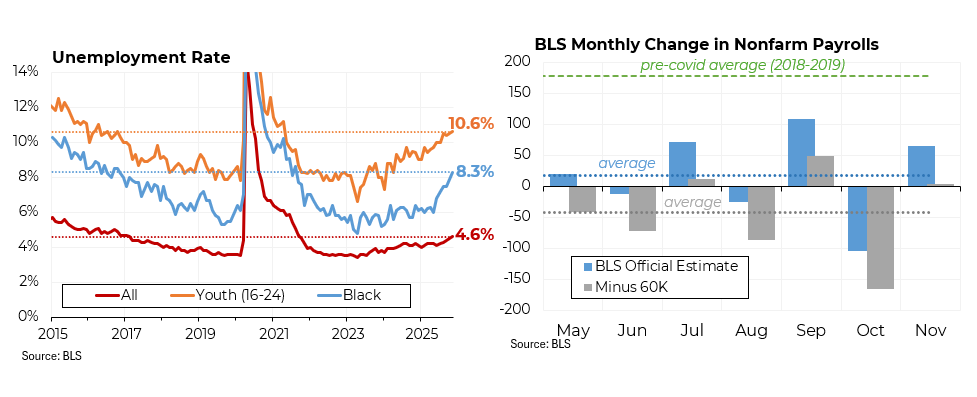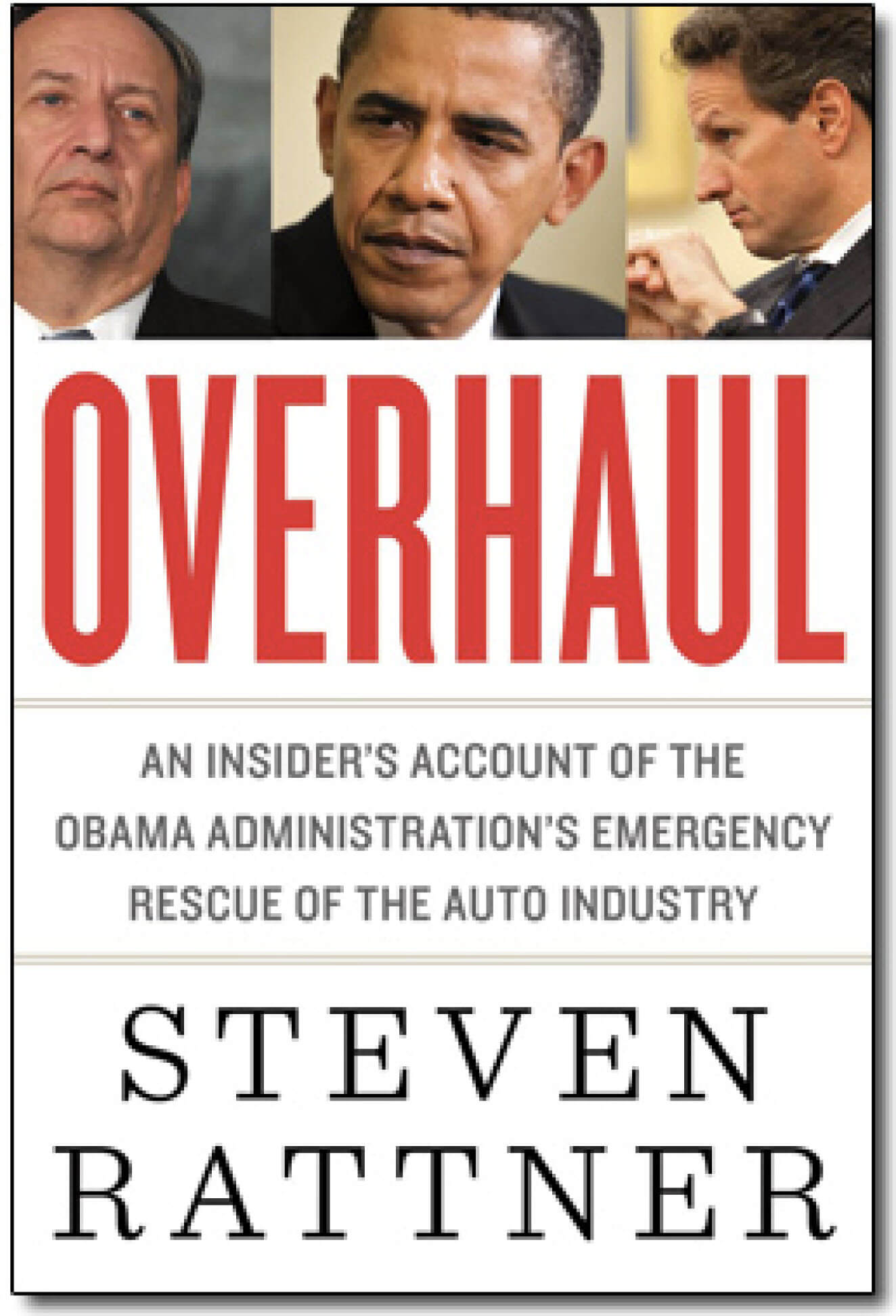Originally published in Politico
I can’t speak to the accuracy (or inaccuracy) of much of Ron Suskind’s new book, “Confidence Men,” but based on attending almost daily meetings at the White House during the first six months of the Obama Administration, I can say this: Suskind’s narrative does not resemble my experience working for President Barack Obama, Treasury Secretary Tim Geithner and National Economic Council Director Larry Summers on the rescue of General Motors and Chrysler.
All told, the book amounts to a drive-by shooting of a president and his key economic advisers who deserve encomiums, not unfounded second guessing and inaccurate revisionist history.
I came to Washington expecting — as most everyone in the corporate world would – to enter a White House of flying elbows, hidden agendas, loose analysis and intense political overtones. Instead, I saw the opposite: an orderly and organized environment, whose tone was set by an orderly and organized president.
First, the president was focused, engaged and decisive, even when confronted with an unfamiliar and thorny problem, as I wrote in my book, “Overhaul: Inside the Obama Administration’s Emergency Rescue of the Auto Industry.”
As Suskind recounted — much of it cribbed from my book and then laced with inaccuracies — the question of whether to save Chrysler was particularly difficult. Yes, the president’s highly qualified senior advisers were divided. So what? Isn’t a principal reason for having multiple advisers so that the president can hear a diversity of viewpoints?
The arguments on both sides of the Chrysler issue were strong, analytical and compelling. Even with the benefit of having weeks to mull over the matter, I found myself torn. Why should it be either surprising or disappointing that the president took the time to understand all the issues before making a decision —which he then did without dithering or hesitation?
Most important, I was frankly stunned at the emphasis that the president and his advisers placed on doing the right thing. For example, we were never told to tilt toward the United Auto Workers (or any other constituency), notwithstanding the fact that the UAW had been a huge supporter of Obama in the 2008 election. Indeed, Ron Gettelfinger, the then UAW president, made clear to us his unhappiness at the lack of special treatment from the White House.
“The president can wait,” Gettelfinger said through clenched teeth during one negotiating session at Treasury when he was late for a White House ceremony.
When we proposed structured bankruptcies for Chrysler and General Motors – an unprecedented excursion into dangerous and uncharted waters – the president didn’t flinch. Even though the adventure could have well resulted in a meltdown of the entire auto sector — and the industrial Midwest.
As I sat in those meetings, I couldn’t help thinking that this president was, indeed, “no drama Obama.”
The president’s political advisers were, not surprisingly, present at some of our meetings and occasionally interjected. But I never had a scintilla of a doubt that the decisions being made were based entirely on the merits of the analysis and arguments.
Second, I have worked for many bosses over the past 37 years — and both Geithner and Summers are at the top of that lengthy list.
It is beyond ridiculous to suggest that Geithner, who has spent two decades as a devoted public servant, would ever be disloyal to the president. Equally absurd is the notion that Geithner, who has never worked on Wall Street, is a tool of the banks.
By the way, his view that the right approach to the banking crisis was stress tests and capital infusions was exactly correct. Those who favored nationalization had it utterly wrong, as should now be completely obvious.
As for Larry, he is indeed a larger than life personality that I approached with some trepidation —and fear. But I have never had as enjoyable and valuable a professional experience as I had working for Larry. Like many others, I marveled at the remarkable mind, crammed with information and razor sharp in its analysis.
Somewhat to my surprise, I soon also realized that his many years in public service had given him a firm grasp of the practical realities of policymaking. He deftly guided me and my team away from many minefields and thought about angles that would never have occurred to me.
Nor did I experience anything untoward in his personal style. In my presence, he was always utterly respectful in his comments about his peers and his superiors. I sensed that his other staffers enjoyed working for him as much as I did.
Too rarely remarked on is the fact that Larry can also be exceptionally kind — as he was to me and the other members of the Auto Task Force after our project ended – and a terrific mentor to younger men and, yes, women throughout their careers.
Third, as a reporter turned Wall Streeter turned government official who wrote his own book about policymaking machinations, I’ve lived the journalistic process from all sides. I’ve also read many efforts to describe life inside the Obama White House. I understand how hard it is to write about events based purely on after-the-fact reporting.
Some, like Jonathan Alter’s “The Promise,” clearly reflect hard work and a palpable desire to provide an accurate portrayal. Certainly Bob Woodward not only invented the genre but has achieved respect for his efforts —even if subjects are sometimes unhappy.
Against that standard, Suskind’s book cannot be considered a serious effort.
Apart from the many factual errors that have been pointed out (Geithner’s previous titles, Gene Sperling’s alma mater, what President Franklin D. Roosevelt said at Madison Square Garden in 1936, etc. etc.), Suskind allows himself to fall prey to the worst aspect of this kind of journalism: flattering those who serve as his sources and dumping on those who are more discreet.
When only two people are part of a conversation, and it reflects badly on one, it’s pretty obvious who the mole was. That also means that the conversation is based on only one source — not exactly high-quality journalism.
Finally, amid all the titillating tidbits, let’s not forget the important substantive point: This new president was confronted with a set of economic challenges greater than any in more than 75 years.
If he had known then everything that we know now about how the economic recovery would unfold, would he have made all the same decisions? Almost certainly not. But I firmly believe that dealing with the facts as they were known– not to mention the impossible politics of Congress – he got an exceptionally high percentage of the decisions right.





